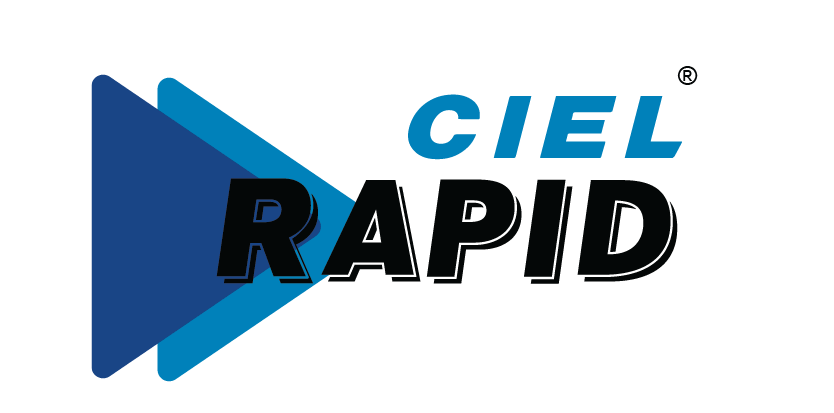Barack Obama said, “Change will not come if we wait for some other person, or if we wait for some other time. We are the ones we’ve been waiting for. We are the change that we seek.”
Technological developments are making lives easier in several industry sectors. Tech tools are becoming ubiquitous. Analytics is making the decision-making processes automated and simpler. Right from healthcare, manufacturing, real estate, infrastructure to banking, retail, entertainment and a score of service sectors, we see changes taking place. Our day to day lives have changed with the advent of internet, mobiles, social media, ecommerce, uberisation and the associated ecosystem. Has recruitment adapted enough?
What has changed?
Candidates do not depend upon recruiters to know about job opportunities, company culture and market trends. They can find all these information by networking with others and leverage the internet. Social media offers a multitude of ways to find these out. Often the websites and networking platforms know what could be an interesting and matching job for the individual. Accordingly, they notify such opportunities and provide an immediate opportunity to apply.
Employers and recruiters are able to access the talent pool easily and similarly, the jobseekers are able to easily reach the employers and recruiters. Contact details of candidates do not provide any competitive advantage to a recruiter unlike they did in the 90’s. Currently, the size of the database is so huge that the ability to pick the best-match is a competitive strength. Sometimes, it is like searching a pin in the haystack.
More often than not, candidates and recruiters do not meet in person to discuss about an opportunity. They mostly speak over the phone or get on a video chat. Commuting has become tough and time-consuming; moreover, technology is enabling quick assessment of job-fit. So, why shouldn’t a recruiter and a candidate tele-commute to assess match between the job role and the candidate?
A few things must not change
Recruitment is mainly about matching the demands and offers of the employer with those of the candidate. So, the recruiter has to strike a middle ground between the employer on one side and the candidate on the other. Both of them have a set of needs and bring a set of strengths to the table. The recruiter has to understand the needs and strengths of both parties, bring both of them to a common ground.
Hence, the recruiter needs to have the knowledge and skills to understand the needs of both parties and assess their demands. Further, she has to win the trust and confidence of both to become their trusted advisor. She needs a good amount of knowledge of the industry, the employer organization and the market trends apart from her interpersonal skills and ability to strike personal rapport. With all of these, she can negotiate a deal between both parties.
These aspects of human intervention cannot be replaced by artificial intelligence, robotic process automation, machine learning, predictive analytics and so on. Interpersonal skills and negotiation aren’t the domain of machines in 2019!
What is changing in 2019?
We have to believe that technological advancements must be leveraged upon and manual processes need to be automated for greater efficiency.
Many recruiters continue to live in the olden times and use a lot of their time in reading resumes, looking for keywords there and searching for the right resume from online job boards. They do not want to write jobs in a meaningful way to attract candidates in spite of knowing that jobs are primarily searched online. Many hesitate to use social channels to post a job, study the candidate’s behaviours online and reach out to contacts of a candidate. Smart recruiters are leveraging social channels and websites to source candidates; letting bots dig the matching resumes and communicating transactional information. They invest their time in talking to the employers and candidates to understand and assess what both parties need and bring to the table.
Recruiters need to build their online persona to be able to attract appropriate candidates, convey the value proposition of the employer and set their expectations accordingly. Employer branding has become more significant than ever before. Unless the recruiter develops and communicates the brand promise, top talent remains elusive. Organizations have reported as high as 50% no-shows in their recruiting cycle. We need to work on this much more than what we did earlier!
Cost of headhunting is high given the time and effort needed in researching and reaching out to potential candidates. Today’s technology helps us in targeting the candidate pool better and easier. If the recruiter has an appropriate online identity, inbound traffic can easily fill the candidate pipeline. Cost of recruiting by the pull-power of the employer brand, job post and recruiter’s online identity is far more competitive than the cost per hire using the methods used in the 90’s.
As Obama said, we have to be the change that we seek.
Are you looking to hire new talent for your startup but worried about the consulting fees? Find Right Talent with CIEL Rapid.
Read also:
- 9 Essential tips to select the best placement agency in India
- Why is a recruitment agency better suited to find the perfect candidate for your business?
- How do Recruitment agencies work?
- How SMEs can Hire Fast and Hire Right
- 3 Ways You Can Reinvent Your Recruitment Strategy Without Looking Like An Amateur
- 5 Ways to Incorporate Video Into Your Recruiting Strategy
- Key to Attracting the Right Talent
- How different is hiring for Startups?
- Hiring Right Talent is an Art
- Guide for Hiring Talent


